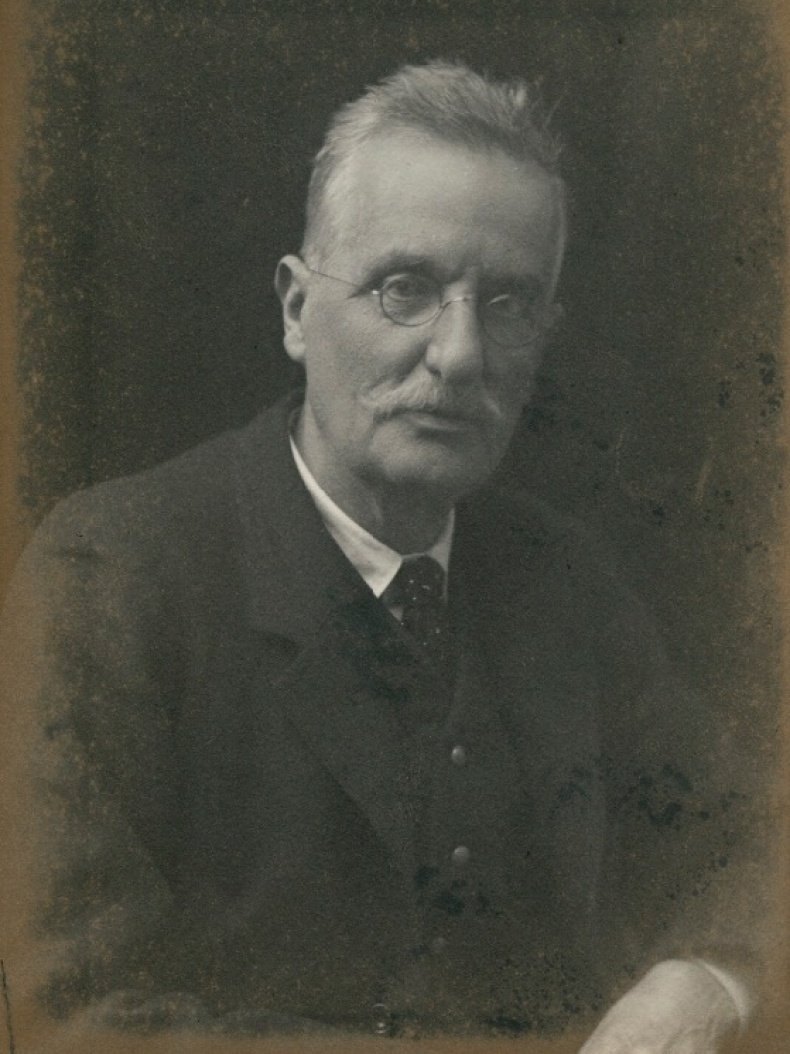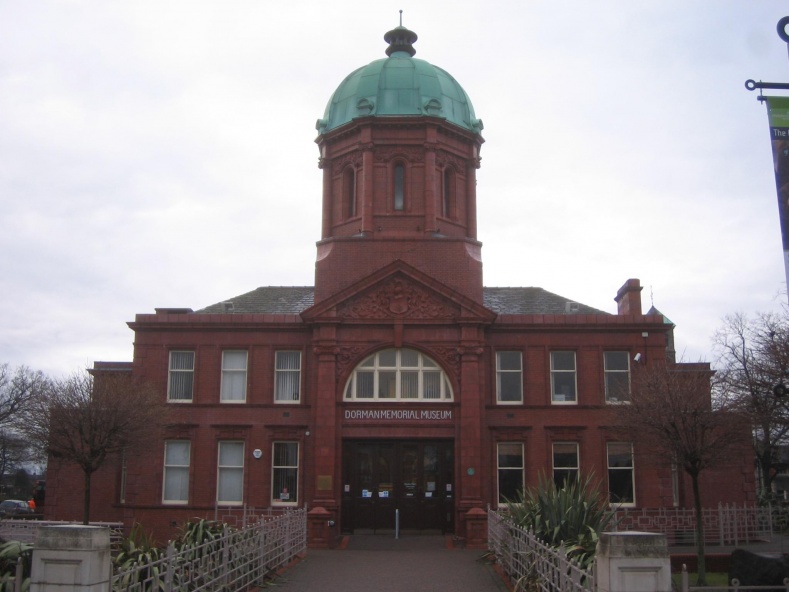

Dorman, Sir Arthur John
1848-1931
Steel Manufacturer
Arthur Dorman was a British Industrialist, noted for his ownership of Dorman Long, who operated a number of steelworks on Teesside. Arthur was born in Ashford in Kent and educated at Christ Hospital, a boarding school in West Sussex.
In 1866 he was apprenticed to an iron manufacturer in Stockton. At the end of this apprenticeship in 1873, he set up as a metal broker. He later, in 1876, entered into a partnership with Albert de Lande Long (1844 – 1917), launching Dorman Long and Co. with the acquisition of the West Marsh Ironworks in Middlesbrough. The business benefited from both the increasing process of industrialisation at the time and the advent of WWI, resulting in a strong demand for iron, munitions and steel. It gained prominence in supplying steel for major bridges, including the Sydney Harbor Bridge in 1932. By 1901, the company had a labour force of 3,000 people and an output of 180,000 tons of steel a year.
Dorman was a formidable dealmaker. Dorman Long took over local rival Bell Brothers in 1902, gaining strategic control of significant coking collieries at south Brancepeth, Brownley and Tursdale. The World War I years were particularly good for business, Dorman Long becoming one of Britain’s leading manufacturers of artillery shells. As the war reached its zenith in 1917, the company opened the Redcar steelworks and further consolidated its position through a merger with Bolckow & Vaughan in 1929. In the mid-1920s, Dorman Long employed 20,000 people on Teesside, then the UK’s leading steel-manufacturing town. Dorman was knighted in 1918 and became a baronet in 1923.
Dorman was a notable philanthropist. In 1904 he gifted the Dorman Museum to the City of Middlesbrough, in memory of his son who died in the second Boer War (1899-1903). During his lifetime, Dorman made donated several hundreds of pounds every year to educational organisations such as The Cleveland Technical Institute, Constantine Technical College, and North Ormesby hospital and the North Riding Infirmary. Records show he also supported one off causes such as the Lord Haig’s Appeal to assist ex-servicemen (£600), Durham Voluntary Hospital (£500), and Dormanstown Church (£1,500). As a result of the flood of people attracted to the region to work in the factories in Redcar, a village was built and named after Dorman. Dormanstown is now a suburb of Redcar. As well as churches and hospitals, Doorman also helped to establish a school which he named after his wife. The Clara Lady Dorman School opened in 1926 and remained in use down to its demolition in 2011.
References
Boswell, J. (2014). Business Policies in the Making (Routledge Revivals). London: Routledge.
Dorman Long Technology. (2018). Dorman Long Historical Information. Available here (Accessed: 13/06/2018).
Leatherdale, D. (2015). Dorman Long: The Teesside firm that bridged the world. Available here (Accessed: 13/06/2018).
Lomas, R. (2009). An Encyclopaedia of North-East England. Edinburgh: Birlinn Ltd.
Redcar & Cleveland Borough Council. (2018). Cleveland Ironstone Mining. Available here (Accessed: 13/06/2018).